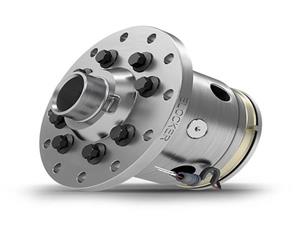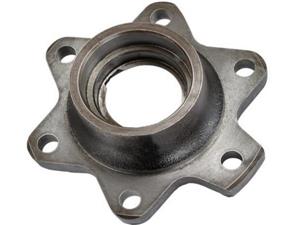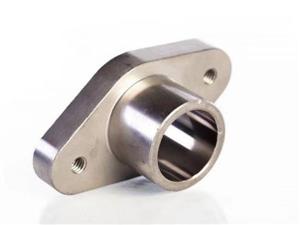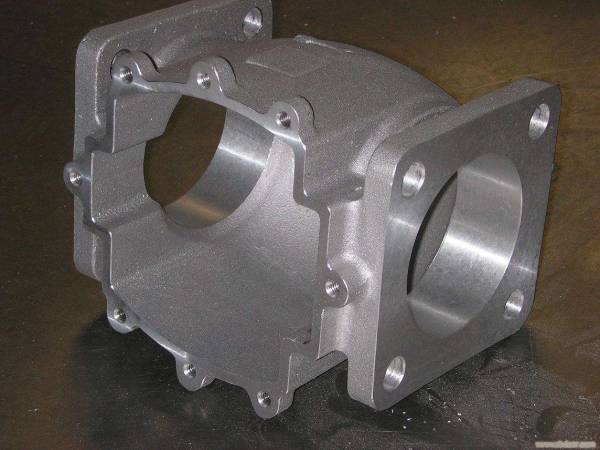Classification and Performance Characteristics of Cast Iron
Cast iron is an iron alloy with a carbon mass fraction greater than 2.11%. It is obtained by remelting cast pig iron (some steelmaking pig iron) in a furnace and adding iron alloy, scrap steel, and return iron to adjust the composition.
Cast iron is currently the most widely used casting alloy due to its simple production equipment, melting process, low price, and a series of performance characteristics such as excellent casting performance, machinability, friction reduction, and vibration reduction. Especially in recent years, due to the development of rare earth magnesium ductile iron, the boundary between steel and cast iron has been further broken. Many parts that were previously made of carbon steel and alloy steel have now been successfully replaced with ductile iron, which not only saves a large amount of high-quality steel, but also greatly reduces production costs, thus expanding the application range of cast iron.
Carbon in cast iron exists in the form of combined cementite (Fe3C) or free graphite (G). According to the different forms of carbon present in cast iron, cast iron can be divided into the following types.
(1) White cast iron
All or most of the carbon in cast iron exists in the form of cementite. Due to the bright white color of the fracture surface during fracture, it is called white cast iron. Due to its cementite matrix, it has high hardness and brittleness, making it difficult to cut and process. In industry, white cast iron is rarely directly used to manufacture machine parts. White cast iron is mainly used as a raw material for steelmaking and as a blank for malleable cast iron. But sometimes, by utilizing its high hardness and wear-resistant properties, parts that do not require cutting processing are manufactured, such as iron balls for rollers, plowshares, and ball mills, or wear-resistant parts with gray cast iron structure inside and white cast iron structure on the surface are made by quenching.
(2) Grey cast iron
Most or all of carbon exists in the form of free graphite. Due to the dark gray appearance of the fracture surface during fracture, it is called gray cast iron. Grey cast iron has low hardness, good machinability, excellent casting performance, easy melting, and low cost. According to the different forms of graphite, gray cast iron can be further divided into ordinary gray cast iron (referred to as gray cast iron), ductile cast iron, malleable cast iron, and vermicular cast iron. Gray cast iron is currently the most widely used type of cast iron in industrial production.
(3) Hemp cast iron
Carbon exists in the form of both cementite and free graphite. The fracture surface is characterized by gray and white alternating pits, hence it is called mottled cast iron. This type of cast iron also has high hardness and brittleness, and is rarely used in industry.






